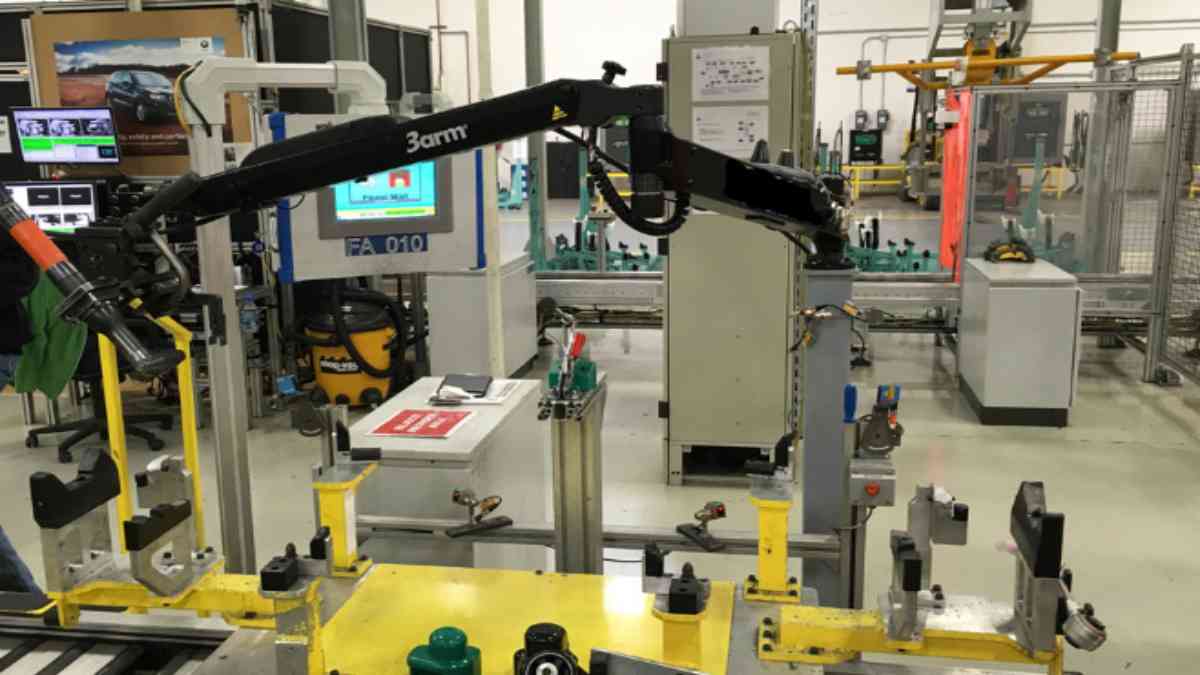Introduction
Assembly line efficiency is crucial for any manufacturing operation aiming to boost productivity and reduce costs. It refers to how effectively an assembly line produces goods with minimal waste, delays, and errors. Improving efficiency means faster production, better use of resources, and increased profitability. This guide explores proven strategies manufacturing managers can implement to enhance assembly line efficiency while maintaining quality and safety standards.
What Is Assembly Line Efficiency and Why Does It Matter?
Assembly line efficiency measures the ratio of actual output to the maximum possible output within a specific time. High efficiency means machines and workers operate at optimal levels, reducing idle time and errors. Low efficiency often leads to increased costs, missed deadlines, and lower product quality.
Key Factors Affecting Assembly Line Efficiency
-
Process Design and Layout
Poorly designed workflows create bottlenecks and unnecessary movement. A streamlined layout minimizes delays and keeps materials moving smoothly. -
Worker Training and Skill Level
Skilled workers complete tasks faster and with fewer mistakes. Continuous training helps maintain high performance. -
Equipment Maintenance
Regular maintenance prevents breakdowns and prolongs machine life, reducing unplanned downtime. -
Automation and Technology Integration
Automation improves speed and precision, freeing workers from repetitive tasks and reducing human error. -
Quality Control Processes
Early detection of defects prevents rework and waste, keeping production on track.
How to Measure Assembly Line Efficiency
To improve efficiency, first, measure it accurately. The formula is:
Efficiency (%) = (Actual Output / Standard Output) × 100
Standard output refers to the planned production rate. Tracking key performance indicators (KPIs) like cycle time, downtime, and defect rate helps identify improvement areas.
Proven Strategies to Improve Assembly Line Efficiency
1. Optimize Workflow and Layout
Arrange workstations to minimize travel distance between tasks. Use value stream mapping to identify and eliminate non-value-adding activities.
2. Implement Lean Manufacturing Principles
Adopt lean techniques such as Just-In-Time (JIT), 5S, and Kaizen to reduce waste, improve organization, and foster continuous improvement.
3. Enhance Worker Training and Engagement
Regular training sessions and cross-training enable workers to adapt to various tasks, increasing flexibility and reducing bottlenecks.
4. Invest in Automation
Use robotics and automated guided vehicles (AGVs) to speed up repetitive processes. Automation reduces errors and increases consistency.
5. Maintain Equipment Proactively
Schedule regular inspections and preventive maintenance to avoid unexpected failures and downtime.
6. Monitor and Improve Quality Control
Integrate real-time quality monitoring systems to catch defects early and reduce waste.
7. Use Data Analytics
Collect and analyze production data to identify trends and inefficiencies. Data-driven decisions lead to targeted improvements.
8. Reduce Changeover Times
Implement Single-Minute Exchange of Die (SMED) techniques to speed up equipment changeovers and maximize uptime.
9. Encourage Collaboration and Communication
Promote teamwork and clear communication across departments to quickly address issues and improve coordination.
10. Prioritize Safety and Ergonomics
Safe and comfortable work environments reduce injuries and fatigue, keeping workers productive.
Common Challenges in Maintaining Assembly Line Efficiency
-
Unplanned downtime due to equipment failure
-
Skill gaps among workers
-
Poor inventory management causing material shortages
-
Resistance to change from staff
-
Inadequate data collection and analysis
Overcoming these challenges requires proactive management, investment in training and technology, and a culture that embraces continuous improvement.
Tools and Technologies Supporting Assembly Line Efficiency
-
Manufacturing Execution Systems (MES)
-
Internet of Things (IoT) sensors for machine monitoring
-
Robotics and automation platforms
-
Real-time analytics dashboards
-
Digital twin simulations to optimize layouts
These tools help managers make smarter decisions and react quickly to production issues.
Conclusion
Assembly line efficiency directly impacts manufacturing success by increasing output, reducing waste, and cutting costs. Manufacturing managers can achieve higher efficiency through careful process design, lean practices, skilled workers, and smart use of technology. Continual monitoring, data analysis, and employee engagement are essential for sustaining improvements over time. Embracing these strategies ensures a competitive edge in today’s fast-paced industrial environment.
FAQ Section
Q1 What is assembly line efficiency?
Assembly line efficiency measures how effectively an assembly line produces goods relative to its maximum potential output.
Q2 How can lean manufacturing improve assembly line efficiency?
Lean manufacturing reduces waste and streamlines processes, leading to faster production and lower costs.
Q3 What role does automation play in improving efficiency?
Automation speeds up repetitive tasks, reduces errors, and increases production consistency.
Q4 How often should equipment maintenance be performed?
Regular preventive maintenance should be scheduled based on manufacturer recommendations and usage patterns.
Q5 How do I measure assembly line efficiency accurately?
Use the formula Efficiency = (Actual Output / Standard Output) × 100 and track relevant KPIs.
Q6 What are common causes of inefficiency on assembly lines?
Causes include equipment failure, skill gaps, poor layout, material shortages, and resistance to change.
Q7 Can employee training really impact efficiency?
Yes, well-trained employees work faster, make fewer errors, and adapt better to changes.
Q8 What technologies can help monitor assembly line performance?
MES, IoT sensors, analytics dashboards, and digital twins provide valuable real-time insights.
